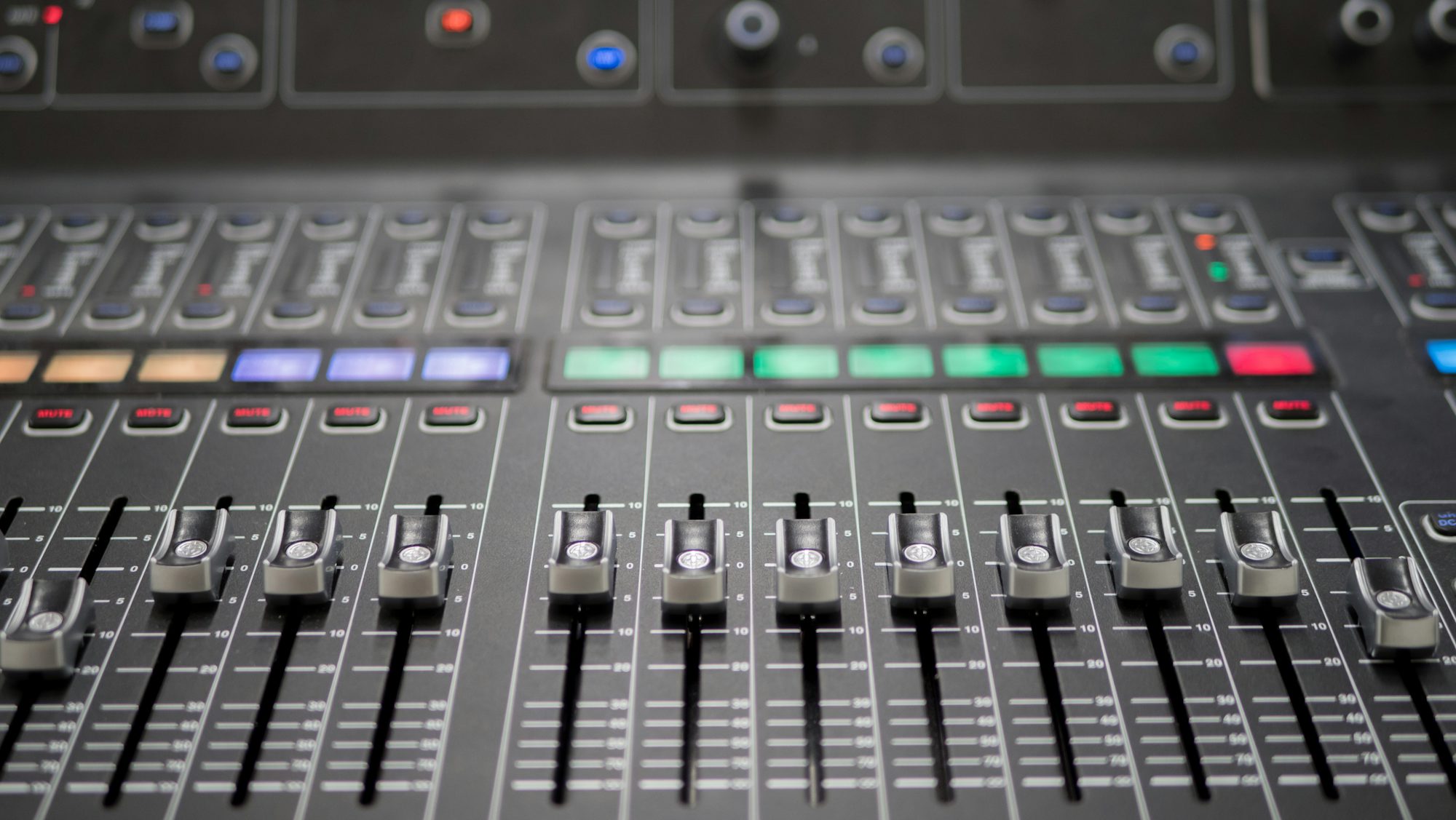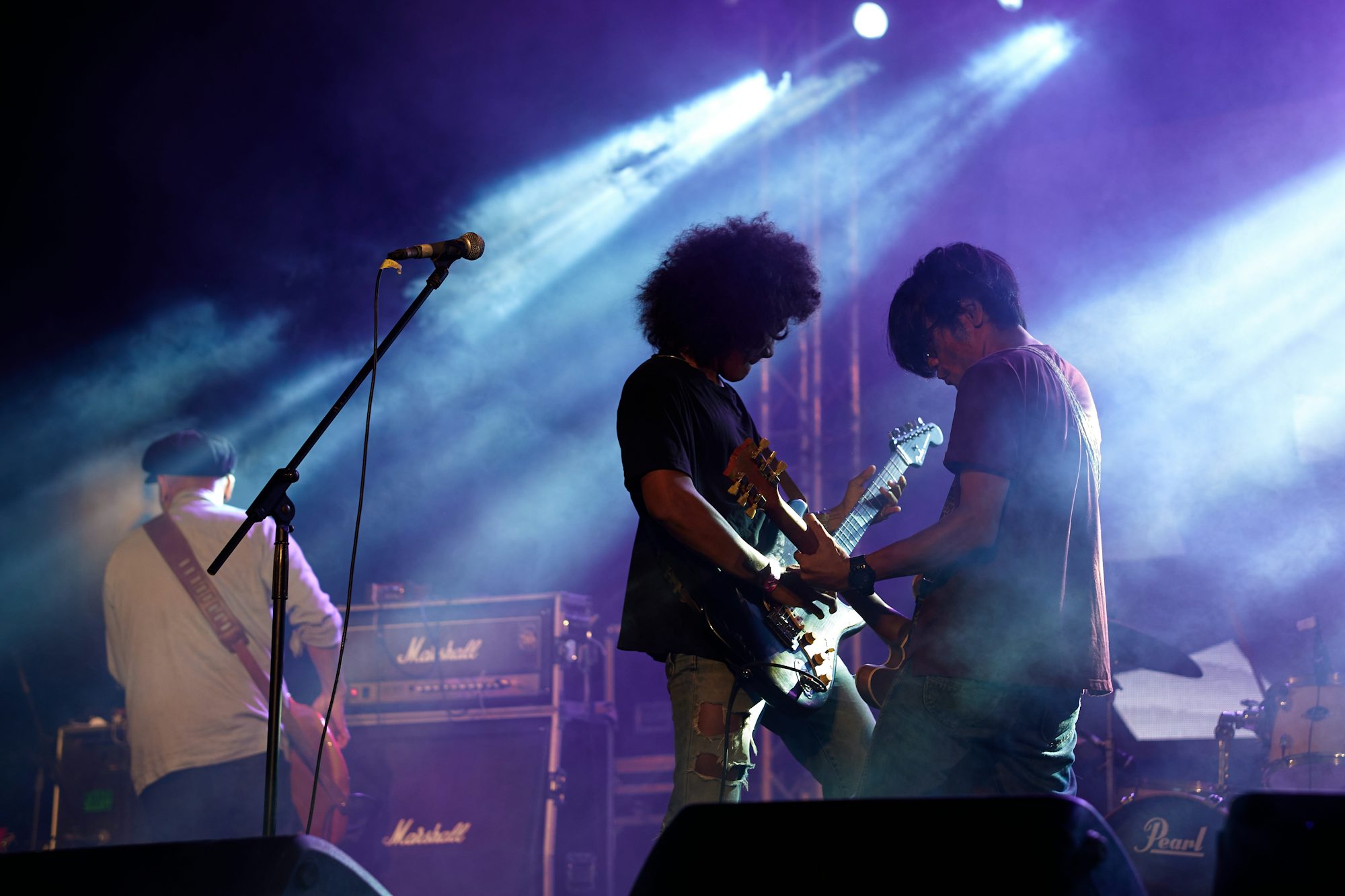The world of music is a vibrant tapestry, woven from various genres that reflect the diverse experiences and expressions of humanity. Each genre carries its own history, evolving through cultural, technological, and social changes that shape its sound and style. This article takes you on a journey through the evolution of music genres, highlighting key movements and the artists who have defined them.
Music, as an art form, has existed for centuries, serving as a means of communication, storytelling, and cultural expression. The roots of many modern genres can be traced back to traditional music, which has been passed down through generations. From the folk songs of ancient civilizations to the classical compositions of renowned composers, these early forms of music laid the groundwork for the genres we recognize today.
The late 19th and early 20th centuries saw significant transformations in music with the advent of technological advancements. The invention of the phonograph and radio allowed music to reach wider audiences than ever before. This era marked the birth of jazz, a genre that emerged from African American communities in the Southern United States. Jazz combined elements of blues, ragtime, and folk traditions, characterized by its improvisational style and complex rhythms. Legendary musicians like Louis Armstrong and Duke Ellington became pioneers of this genre, leaving an indelible mark on music history.
As jazz flourished, so did the development of other genres. The 1950s brought about the rise of rock and roll, a genre that revolutionized the music scene. Artists like Elvis Presley and Chuck Berry captured the hearts of millions, blending elements of rhythm and blues with country music. This new sound not only transformed the music industry but also influenced fashion, youth culture, and societal norms. The rebellious spirit of rock and roll resonated with the younger generation, giving them a voice and a sense of identity.
The 1960s and 70s saw further diversification of music genres with the emergence of psychedelic rock, folk rock, and progressive rock. The Beatles, with their innovative approach to songwriting and production, pushed the boundaries of what popular music could achieve. Their experimentation with different sounds and styles paved the way for future artists to explore new territories. Simultaneously, folk music experienced a revival, with artists like Bob Dylan and Joan Baez using their music as a platform for social change, addressing issues such as civil rights and anti-war movements.
As the decades progressed, the 1980s introduced pop and electronic music, characterized by catchy melodies and synthesized sounds. Artists like Michael Jackson and Madonna dominated the charts, utilizing music videos as a powerful medium for artistic expression. The MTV generation transformed how music was consumed, placing a significant emphasis on visuals and performance. This era also witnessed the birth of hip-hop, a genre that emerged from urban communities, combining elements of DJing, rapping, and graffiti art. Pioneers like Grandmaster Flash and Run-D.M.C. laid the foundation for what would become a global phenomenon, influencing countless artists and reshaping the musical landscape.
The 1990s brought about the grunge movement, led by bands like Nirvana and Pearl Jam. Grunge reflected a raw and authentic sound, resonating with a generation disillusioned by mainstream culture. At the same time, R&B and hip-hop continued to evolve, with artists like Tupac Shakur and Notorious B.I.G. pushing the genre’s boundaries and addressing societal issues through their lyrics. The fusion of these genres created new subgenres, such as neo-soul and alternative hip-hop, showcasing the versatility of musical expression.
Entering the new millennium, the rise of the internet revolutionized the music industry. Digital platforms allowed independent artists to share their music with a global audience, bypassing traditional gatekeepers. Genres began to blend more than ever, leading to the creation of unique sounds that defied categorization. For instance, the rise of electronic dance music (EDM) saw DJs like Calvin Harris and David Guetta collaborating with pop artists, creating chart-topping hits that dominated radio and club scenes alike.
Today, we witness an exciting era of musical diversity, with artists drawing inspiration from various genres and cultures. The global influence of music has never been more pronounced, as artists like Bad Bunny and BTS achieve international acclaim, showcasing the power of cross-cultural collaboration. Genres such as reggaeton and K-pop have captured the attention of audiences worldwide, blurring the lines between traditional and contemporary music.
Moreover, the importance of social media in promoting music cannot be overstated. Platforms like TikTok have become vital for artists to reach new audiences, often leading to viral hits and unexpected success. This democratization of music has empowered emerging artists to find their voice and share their stories, contributing to an ever-evolving musical landscape.
In conclusion, the evolution of music genres is a testament to the creativity and resilience of artists throughout history. Each genre tells a story, shaped by cultural influences, technological advancements, and social movements. As we continue to navigate this dynamic landscape, one thing is certain: music will always be a reflection of the human experience, continually evolving and resonating with generations to come. By celebrating the diversity of music, we honor the artists who have paved the way and those who will shape the future of sound.


